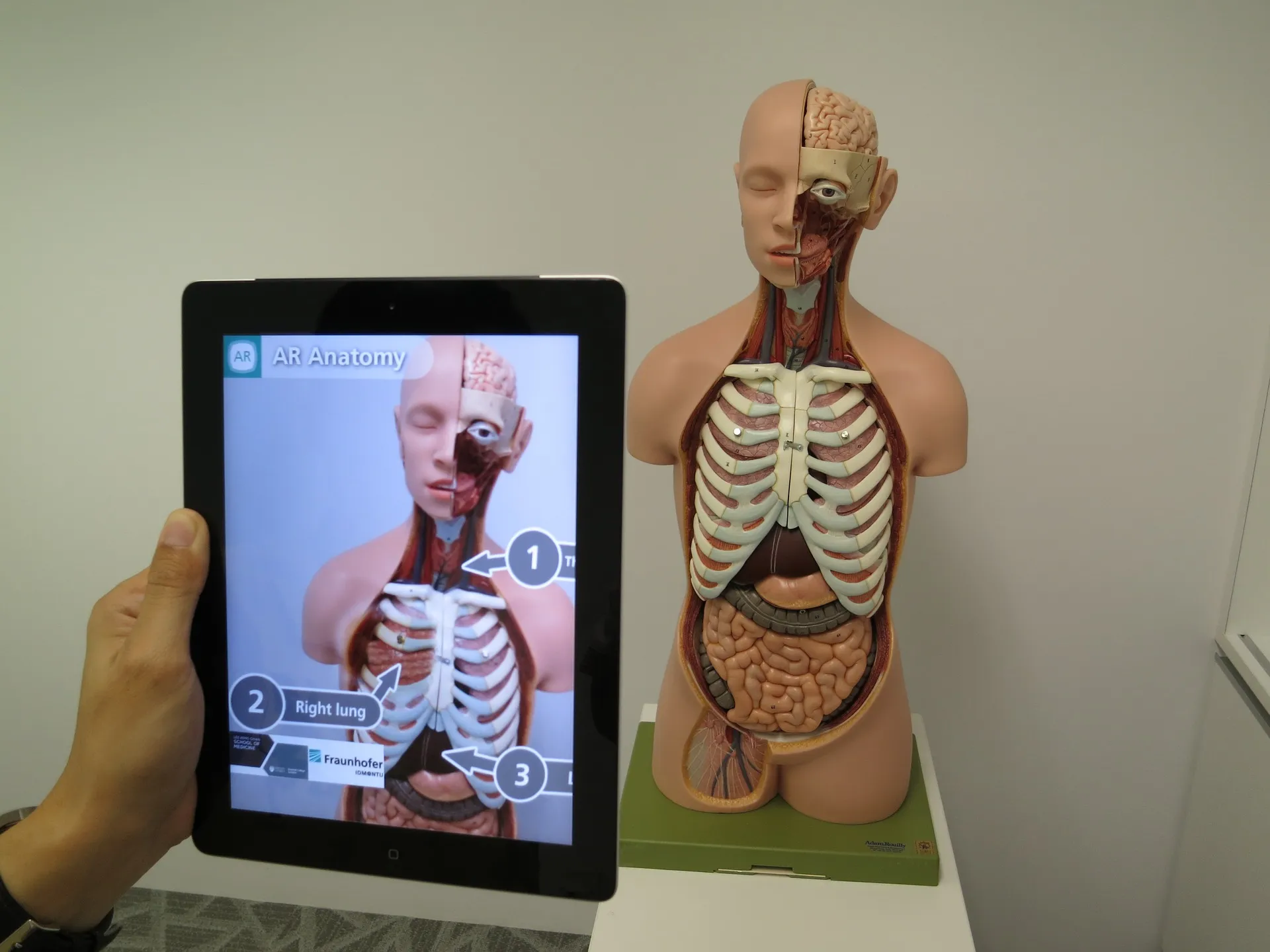Last Updated on September 6, 2025 by Muhamed Elmesery
The virtual labs use a teaching method called simulation. The simulation, as defined by Dr. Ali Abdul Samia Quora, is an educational method that the teacher usually uses to bring students closer to the real world. The simulation method is believed to be closer to what is happening in areas that do not accept the lowest percentage of error, such as nuclear industries and some military industries.
Experience PraxiLabs Virtual Labs for FREE
Simulation is one of the most important methods of education and training that trainers rely on to rationalize financial costs and also to rationalize time and effort. The simulation serves many educational objectives such as “goal of acquiring skills” in an environment similar to reality, and also serves the “cognitive goal” as it helps the learner to gain a lot of knowledge about the real work environment and its requirements.
Table of Contents
Simulation in Education
After the spread of computers in the mid-nineties of the twentieth century, interest in simulation as an appropriate and effective in the process of education has increased. Simulation has become more effective and exciting in teaching. Simulation languages have varied and the material losses reduced adding flavor of fun to the educational process. This made the process of laying the foundations for learning some of the difficult topics that can’t be dealt with in real world more effective.
Digital Age and Educational Systems
The tremendous technological growth we witness in various fields, including the field of e-learning, is the most important feature of the information revolution, which created a rapid information network that lead to the calibration of educational systems and study systems. These systems should help students keep up with these developments by providing them with new knowledge and skills. The best way to do this is not only to communicate knowledge to the students, but to teach them how to become creators and innovators, and how to use new technologies to activate their ideas effectively.
Virtual labs and their benefits in e-learning
As a follow-up to the digital age, educational forms and methods have developed. One of these forms is “E-LEARNING.” E-learning represents a revolution in traditional educational systems, a revolution that has created new goals in the management of education systems, the nature of learning, the role of teachers, and all aspects of the educational process.
Among the tools used in e-learning is the simulation of real labs, or virtual labs which have many benefits. The student is exposed to a virtual environment similar to a real physical lab. The virtual lab allows the student to enjoy performing experiments safely and getting results using the computer.
In physical labs, many experiments usually can’t be performed in real labs due to time, complexity, difficulty or hazards. In virtual labs, these experiments are simulated. Using the computer we can conduct, study and analyze these experiments under different conditions and variables to know the results of all the conditions of the experiment without fearing material or moral cost.
Get Started Praxilabs for FREE
Classification of simulation programs used in virtual labs
Simulation programs are classified into two types in learning:
1- Decision making simulation:
One program is “What if?” This program is constructed to allow the student to choose the variable. It explains what happens to these variables in different circumstances. The student experiments with the different variables to see their impact on the results without serious risk.
2- Process simulation:
This type shows how any process that requires a set of steps to operate a device is completed. This type of program is highly suited to teach practical skills, especially when it is difficult to perform these skills in the first stages directly, for fear that the operating errors might cause damage to the device.
The study of Joseph P. Akpan (2002) is a case study on using simulations in education, which emerged as a result of the US animal rights associations’ demand for the removal of anatomy from the biology curriculum in higher schools, prompting teachers to seek alternative methods of anatomy that could serve the purpose.
The study aimed to measure the effectiveness of simulation using a computer as an alternative to the process of anatomy. Simulation has the ability to teach experiments. However, prior to the study, simulation was used in rare and very serious cases only. The repeated calls by animal rights organizations paid off, pressuring organizations to use simulation in less serious cases such as anatomy. This study encouraged several project funding organizations to provide schools with such programs to prevent animal cruelty under the name of anatomy.

Simulations are also useful in training in various fields of experimental science with the use of 3D models to meet the needs of students and researchers in various fields of science. The simulation program represents the absolute safety of users where errors are detected and processed without the risk of electronic, mechanical, or toxic substances.
Hence, virtual labs that use simulation systems in the design of the ideal reality provide the maximum benefit to the student with minimal effort and less cost to the educational institution to which the student belongs and in a completely secure and high degree of flexibility.
 PraxiLabs A virtual world of science
PraxiLabs A virtual world of science







